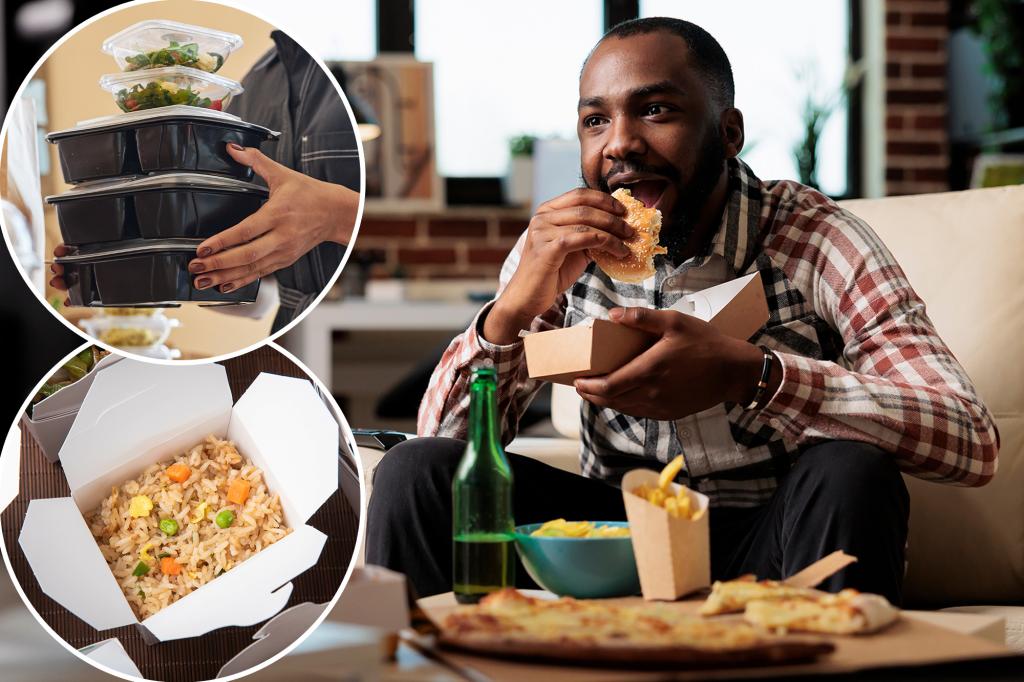The Hidden Peril of New York’s Takeout: What You Need to Know
New York City’s thriving takeout culture hides a dangerous oversight that could put millions at risk. Recent investigations reveal that improper food storage and transportation practices by some restaurants and delivery services may lead to severe foodborne illnesses. Health experts warn that unsuspecting customers are overlooking critical safety checks, with potentially deadly consequences. Here’s what you need to know to protect yourself.
The Silent Threat in Your Takeout Bag
While New Yorkers consume over 100 million takeout meals monthly, few consider the invisible hazards lurking in their delivery bags. A 2023 study by the NYC Department of Health found that 15% of takeout meals tested violated temperature safety standards, creating ideal conditions for bacterial growth. “Food left in the ‘danger zone’ (40°F–140°F) for more than two hours can harbor pathogens like E. coli and Salmonella,” explains Dr. Lisa Chen, a food safety specialist at Columbia University.
Delivery drivers often face pressure to complete routes quickly, leading to compromised food safety. “I’ve seen insulated bags left unzipped in freezing weather or stacked near car heaters,” says Marco Rivera, a former delivery coordinator for a major app. “Most customers never think to check.”
Why Temperature Abuse Is Widespread
Several factors contribute to this growing problem:
- Lack of regulation: Unlike restaurant kitchens, delivery logistics face minimal oversight.
- Consumer unawareness: 78% of diners prioritize speed over safety, according to a FoodPrint survey.
- Inconsistent training: Only 1 in 3 delivery platforms require food safety certification.
Restaurant owners also shoulder some blame. “During peak hours, kitchens sometimes pack hot and cold items together to save time,” admits James Wong, owner of a popular West Village bistro. “We assume the food will reach customers quickly enough—but traffic delays change everything.”
How to Identify and Avoid Risky Meals
Protecting yourself requires vigilance. Follow these steps when your takeout arrives:
- Check temperatures: Hot food should steam (above 140°F), cold items feel chilled (below 40°F).
- Inspect packaging: Leaking containers or broken seals increase contamination risks.
- Trust your nose: Sour or “off” odors signal spoilage, even if expiration dates seem fine.
Nutritionist Elena Rodriguez advises: “If your sushi feels warm or your soup is lukewarm, don’t eat it. The $20 meal isn’t worth a hospital visit.”
The Industry’s Response—And What’s Next
Some delivery companies are implementing solutions:
- Uber Eats now requires temperature logs for high-risk foods.
- DoorDash pilots smart packaging with color-changing safety indicators.
However, advocates argue for systemic change. “We need mandated temperature checks and real-time monitoring,” says food policy expert David Klein. “Until then, consumers must be their own last line of defense.”
As NYC’s takeout demand grows, so does the urgency for reform. Next time you order in, remember: safety travels as your silent plus-one. Verify before you voraciously indulge.
See more WebMD Network



